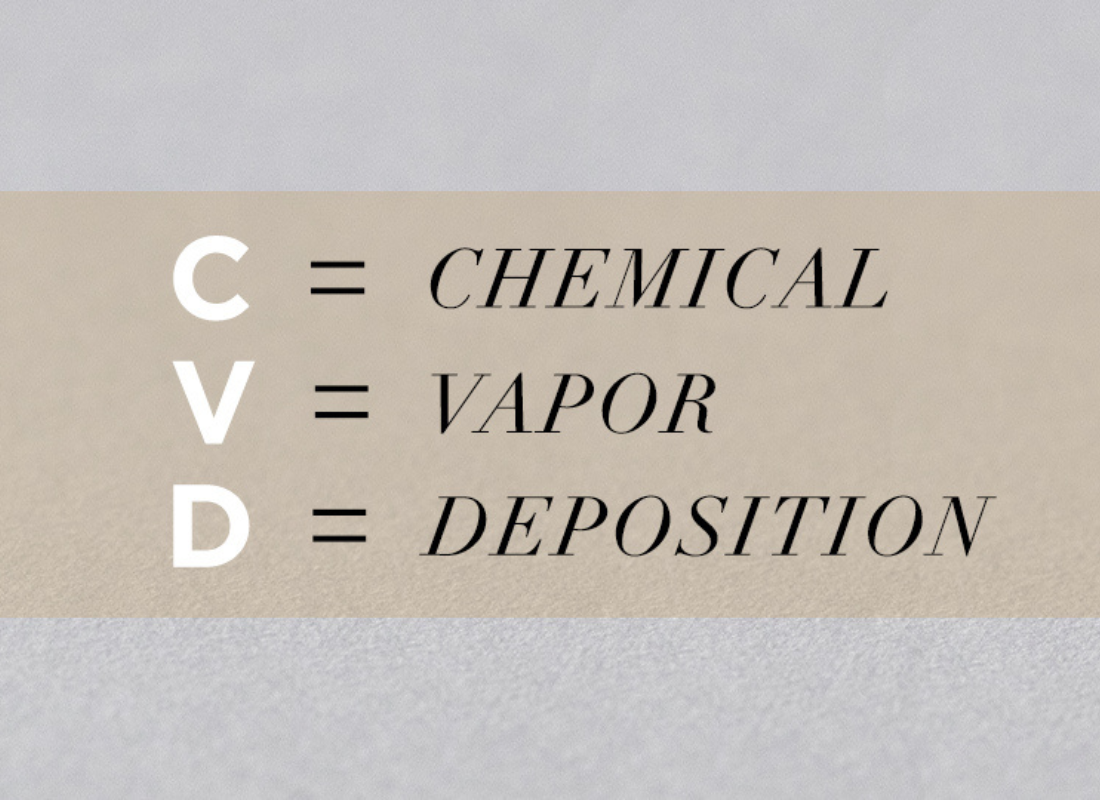What is CVD Diamond?
Chemical Vapor Deposition (CVD) Diamond is a synthetic diamond production method that involves the deposition of carbon atoms onto a substrate to grow diamond crystals. Unlike natural diamonds, which form deep within the Earth's mantle under high pressure and temperature conditions, CVD diamonds are created in controlled laboratory environments.
The process begins with a hydrocarbon gas, such as methane, being introduced into a vacuum chamber along with hydrogen gas. These gases are then energized using microwaves, hot filament, or other energy sources, causing them to break apart into carbon atoms and hydrogen radicals. These carbon atoms then settle onto a substrate, often a flat diamond seed or a silicon wafer, where they arrange themselves into a diamond lattice structure.
The growth of CVD diamonds occurs layer by layer, with the carbon atoms bonding to the existing diamond surface, gradually building up the crystal structure. The process continues until the desired thickness or size of the diamond is achieved. Control over growth conditions allows for the production of diamonds with specific characteristics such as size, shape, and purity.
One of the significant advantages of CVD diamond production is its ability to create large, high-quality diamonds that can be tailored for various industrial applications, including cutting tools, electronics, optics, and even gemstones. Additionally, CVD diamonds can be produced more quickly and cost-effectively compared to natural diamonds, making them an attractive alternative for many industries.
In summary, CVD diamond is a synthetic diamond produced through the chemical vapor deposition process, offering versatility, control, and cost-effectiveness compared to natural diamonds. As technology advances, CVD diamond production continues to improve, opening up new possibilities for its use across diverse fields and industries.

